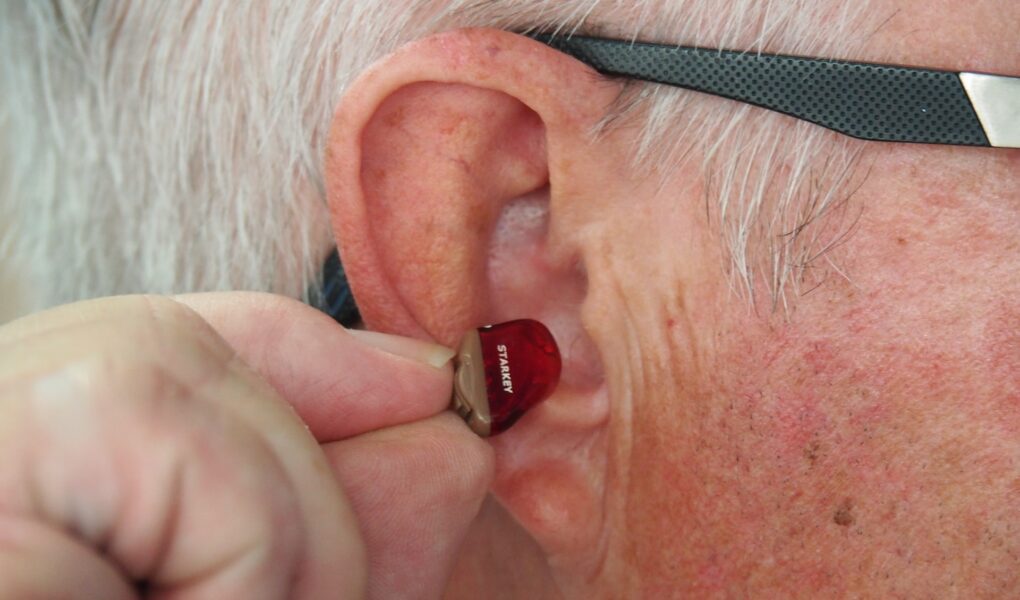When choosing a hearing aid, there are several features that you need to know. These features include digital noise reduction, rechargeable batteries, Bluetooth technology, and directional microphones. These features will make the hearing aid much easier to use. It will also allow you to hear noises in a noisy environment.
Contents
Digital Noise Reduction
Digital noise reduction (DNR) is one of the essential hearing aid features. It can help you hear speech more clearly and distinguish between background noise and speech. This feature is handy for people who struggle to distinguish between background noise and speech in noisy environments. The hearing aid will automatically lower the volume of unwanted noise in these situations.
It works by reducing the gain of the audio signal. It does this by analyzing the difference between unmodulated and modulated signals. During testing, digital hearing aids with DNR can distinguish between these two signal types and can reduce the gain. In addition, it can also reduce the amount of speech-like noise.
Most hearing aids use digital noise reduction schemes. These are different from the earlier analog schemes. Digital noise reduction algorithms analyze the incoming signal and adjust its gain/output characteristics to reduce unwanted sounds. Most digital noise reduction schemes are designed to differentiate between speech and noise.
Directional Microphones
A directional microphone is one of the best hearing aid features because it can help people with hearing loss improve their hearing in different areas. It works by canceling out the background noise. Moreover, it has the advantage of being comfortable to wear. Directional microphones can be found in several hearing aid models.
A directional microphone has two microphones, which are placed in front of the listener in its basic configuration. The objective of the directional microphone is to cancel out background noise and emphasize speech in front of the listener. This rationale is based on the listener facing the speaker, and most of the background noise comes from behind them. However, modern directional microphones can track noise sources and adjust the directionality of their microphones.
Directional microphones are one of the best hearing aid features for active adults. They reduce background noise and improve the conversation in crowded environments. They are also small enough to be hidden behind the ear or under the hair. They are connected to a thin wire that picks up sound and sends it to a speaker. They also have alert signals and volume controls.
Rechargeable Batteries
One of the best features of a hearing aid is its ability to run on rechargeable batteries. This feature is handy for uncoordinated individuals. They can often drop their hearing aids when changing the battery. Another advantage of rechargeable batteries is that they don’t have to be changed daily. This is particularly helpful for children and older adults with hearing loss.
One major disadvantage of disposable hearing aid batteries is that they are small enough to get lost easily. Curious pets and children can also swallow them. In addition, button batteries are often mistaken for pills and can cause internal burns and throat pain. Rechargeable batteries are safer and are generally much more durable than button batteries.
Some hearing aids have rechargeable batteries made of silver zinc. These are environmentally friendly and highly stable. They last for up to 24 hours on a single charge. Rechargeable batteries are also backward-compatible, which means you can use them while charging. Regardless of the hearing aid brand, it is a good idea to check the battery life of your new hearing aid.
Bluetooth Technology
Bluetooth technology is an excellent addition to hearing aids. It allows you to stream music or videos from your smartphone straight to your hearing aid. The downside to Bluetooth is that it can be time-consuming to switch back and forth between your phone and hearing aid. But if you only use your phone for calling or entertainment, this shouldn’t be a problem.
Another benefit of Bluetooth technology is that it makes connecting to your television and other devices much more accessible. With this feature, you can stream music from Spotify or Netflix, start a video chat, or adjust the volume on your TV. Bluetooth hearing aids also allow you to switch between different devices easily, which is convenient for people with hearing loss. Bluetooth also improves sound quality by reducing the risk of whistling and feedback.
Bluetooth technology is one of the most popular features of hearing aids today. Your audiologist will recommend a hearing aid with this feature, depending on your needs. It’s important to note that Bluetooth hearing aids are expensive compared to other hearing aid models. Before making a decision, you can talk to your audiologist about the pros and cons of Bluetooth hearing aids.




